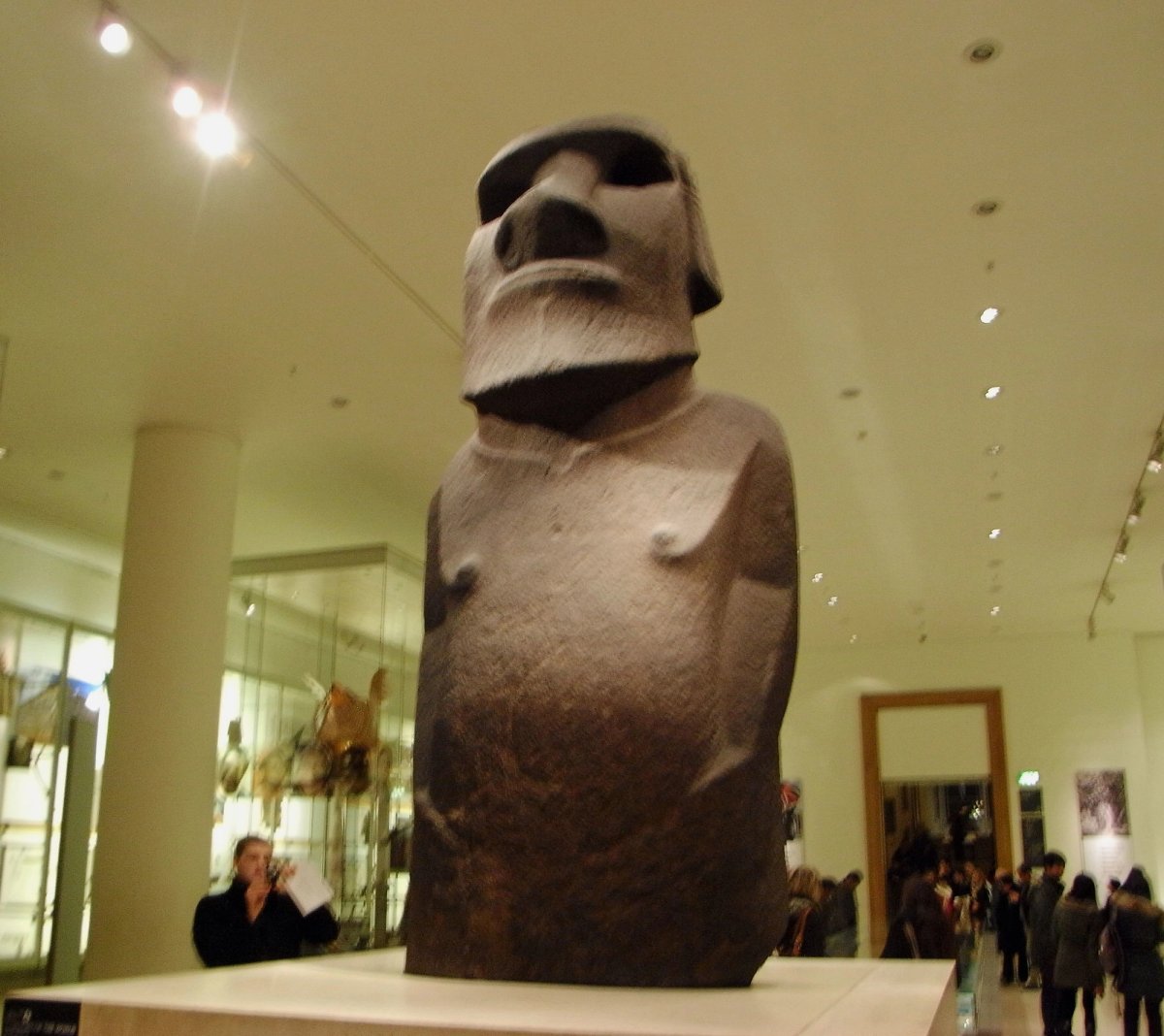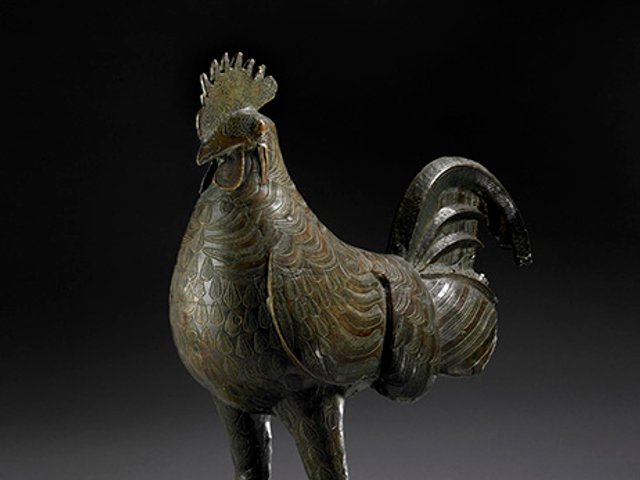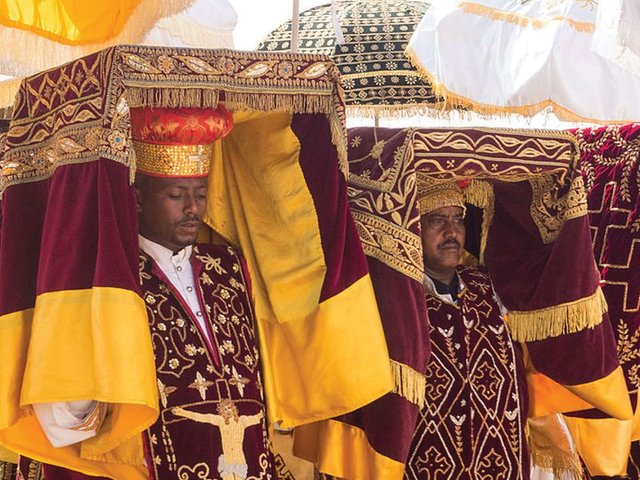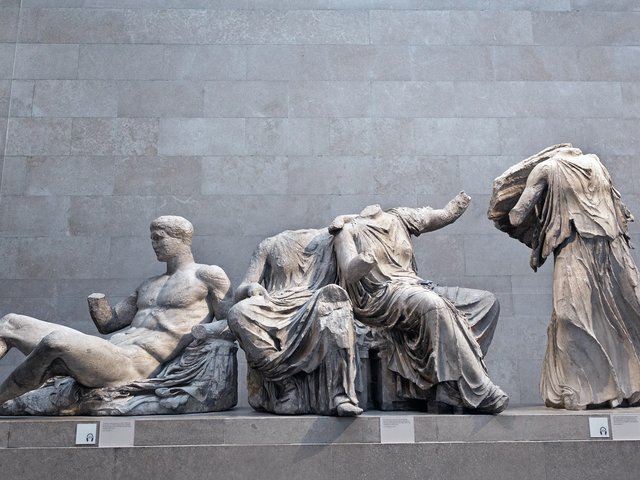The British Museum has been accused of trying to silence its critics after calls for moai statues be returned to Easter Island went viral on social media.
The museum switched off comments on one of its Instagram posts after the Chilean social media influencer Mike Milfort encouraged his followers to join him in calling for the return of the statues to the island of Rapa Nui, called Easter Island by its first European visitors. The island, located 2,300 miles off the coast of Chile, is home to statues which date back to 1250 and were believed to be representations of the islanders’ ancestors.
Freya Samuel, a museum decolonisation and digital engagement consultant, says the museum was censoring the voices of ordinary people. She says: “The moai are deeply significant for the people of Rapa Nui, and their calls for repatriation have been ongoing for decades. There really is no question as to where these statues belong, but as expected, the British Museum refuses to engage in meaningful discussions around repatriation and have effectively censored Mike Milfort’s followers by restricting comments. Social media is a powerful vehicle for ordinary people to show that they really do care about repatriation.”
It is not the first time the museum has found itself getting into hot water on social media according to Noah Angell, an author and artist whose new book Ghosts of the British Museum covers its colonial acquisitions including the moai. He said: “I've interviewed scores of British Museum staff, but I've always wanted to chat with their social media manager. The twitter post that the British Museum made in solidarity with the George Floyd protests, just to give one example, backfired fantastically. Hundreds of people in the replies were asking the museum to return the bodies of their ancestors, and material heritage which the British looted in the course of racist, imperialist violence."
A spokesperson for the museum says: “Comments were only deactivated on one social media post. We welcome debate, but this has to be balanced against the need for safeguarding considerations, especially where young people are concerned.” The post in question was a collaboration with the Youth Collective. The spokesperson added that the museum has good and open relations with colleagues in Rapa Nui, and welcomed members of the community for a visit in November 2018.
The spokesperson also cited the British Museum Act 1963, which prevents the museum from removing objects from the collection. Nathan Bossoh, a research fellow in History at the University of Southampton and a research associate at the London Science Museum, says social media was a useful tool for campaigners but that they also needed to target lawmakers.
He says: “I do think that social media campaigns are absolutely helpful in raising awareness regarding similar repatriation cases. But if these campaigns focus on national museums such as the British Museum, attention also needs to be directed towards British law. As long as acts like the British Museum Act 1963 and National Heritage Act 1983 are in motion, British Museum trustees will likely continue to argue that it is illegal to return historically looted objects, no matter how contentious that very statement is.”





